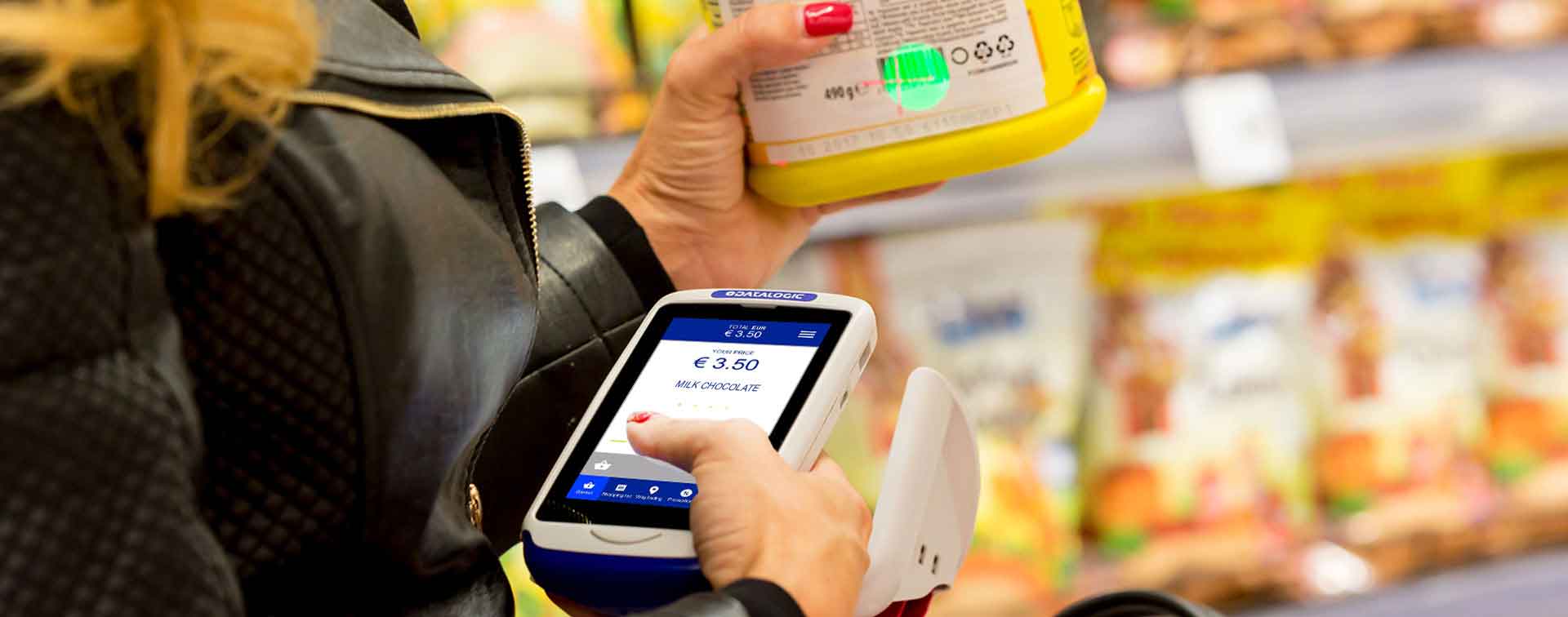
Self-Shopping: handheld devices help retailers increase revenues and cut cost at checkout
Self-Shopping: handheld devices help retailers increase revenues and cut cost at checkout
INTRODUCTION
The retail industry has experienced a seismic shift in consumer shopping habits thanks to technological advances. One such innovation is self-shopping, allowing customers to make use of handheld devices to scan and pay for products without any for assistance from a cashier. We will examine how self-shopping is helping retailers increase sales whilst reducing checkout costs.
THE RISE OF SELF-SHOPPING
Self-shopping, also known as self-checkout, is becoming increasingly popular with consumers. Convenience stores, grocery stores, and other retail shops now offer self-checkout solutions to make shopping faster and easier. Customers simply scan the barcode of each item with a handheld barcode scanner, scan their loyalty card, and then pay with cash, credit card, or via their smartphone.
BENEFITS OF SELF-SHOPPING?
Self-shopping has benefits for both consumers and retailers. Self-checkout systems can help retailers reduce costs by eliminating the need for cashiers, shortening checkout lines, and investing in fewer manned checkout machines. Retailers can also provide a service checkout alternative for customers who prefer to have a shop assistant scan and bag their items. Shorter wait times and higher customer satisfaction can be achieved by speeding up customer service and streamlining the checkout process. Self-checkout empowers customers to shop at their own pace and bypass long checkout lines for a more convenient and personalized experience. To ensure a quick and easy customer shopping experience, checkout lanes can be optimized for self-checkout and service checkout.
CHECKOUT TECHNOLOGY
Self-checkout is one of many shopping solutions retailers offer to improve the customer experience. It requires the use of checkout technology such as handheld barcode scanners, checkout units, and checkout kiosks, speeding up the overall checkout process. Retailers can also use self-checkout technology to track customer behavior and preferences, which they then use to improve future customer service and hence increase sales. Although self-checkout technology eliminates the need for traditional cash registers, some retailers choose to integrate them with their self-checkout systems to accommodate customers who prefer to pay with cash. Providing customers with more payment options increases their overall satisfaction.
BAGGING AREA
Retailers need to provide a bagging area where customers can bag their self-shopping purchases. The self-checkout station should be close to the bagging area, which is designed to accommodate a range of items, including liquids, as well as bulky and fragile items. Retailers should also provide shopping bags or allow shoppers to bring their own if they prefer.
CHALLENGES OF SELF-SHOPPING
While there are many benefits to self-shopping, there are also some drawbacks to this technology. One of these is the potential problems customers could encounter when using handheld devices. For example, they may have difficulty scanning products, locating the barcode scanner, or completing the checkout process. In these situations, retailers may need to provide customer service support to help shoppers complete the checkout process.
Security at self-checkout systems is a potential issue for retailers, necessitating the need to add security measures that prevent consumers stealing merchandise or leaving the checkout station without paying. This can be accomplished through the use of technology such as web cameras and sensors that detect when items are removed from the bagging area without first being scanned.
Retailers are also responsible for regularly maintaining and updating self-checkout systems. Technical problems or system failures cause delays and inconvenience for customers, ruining their shopping experience. Regular maintenance prevents these problems while ensuring that self-checkout systems operate efficiently and effectively.
Retailers must be aware of the challenges this technology presents, such as the need to ensure the security of the checkout process and the potential for customer disruption. With careful planning and execution, retailers can create a seamless self-shopping experience that meets the needs and preferences of their customers, while increasing productivity and reducing costs.
CONCLUSIONS
Self-shopping has become a fundamental part of the retail experience, and businesses are capitalizing on the technology by offering customers a faster, more convenient shopping experience. Self-shopping is a necessary choice for retailers in order to stay competitive in our digital world by increasing sales and reducing checkout costs. Datalogic is a global leader in the provision of integrated hardware technologies and services to help retailers and consumers maximize the shopping experience.
Products and Solutions
Success Stories
Video Gallery
Datalogic Solutions for Distribution Centers
Datalogic supplies 200 scanners to "Best Retail Chain in Belgium"...
Inco opens the first fully automated Cash and Carry in Denmark with...





